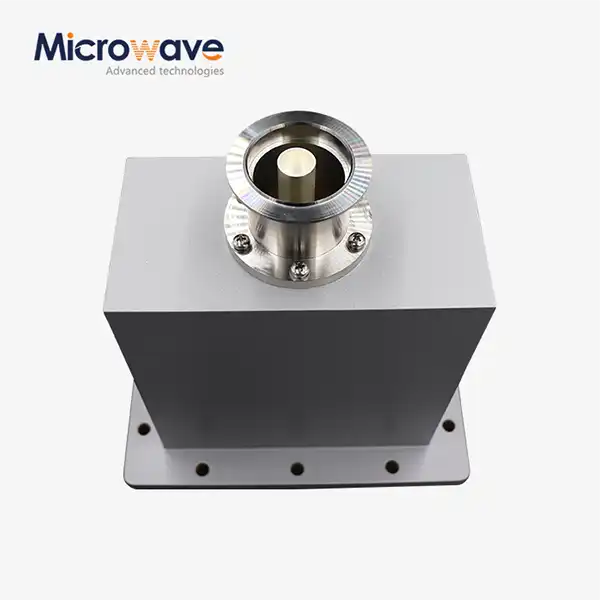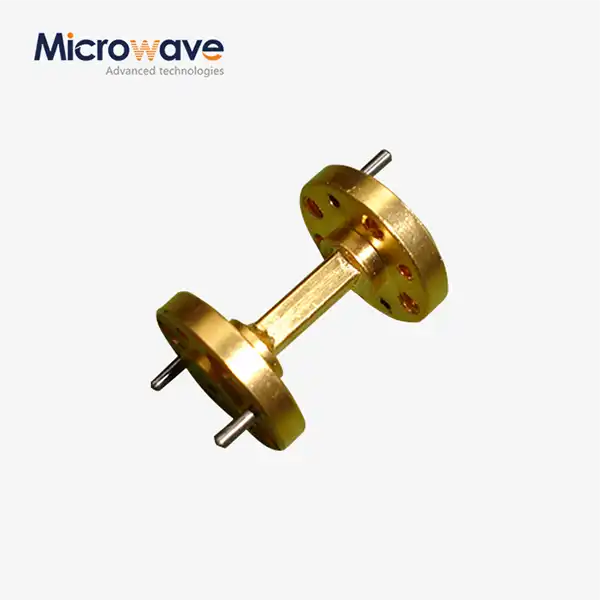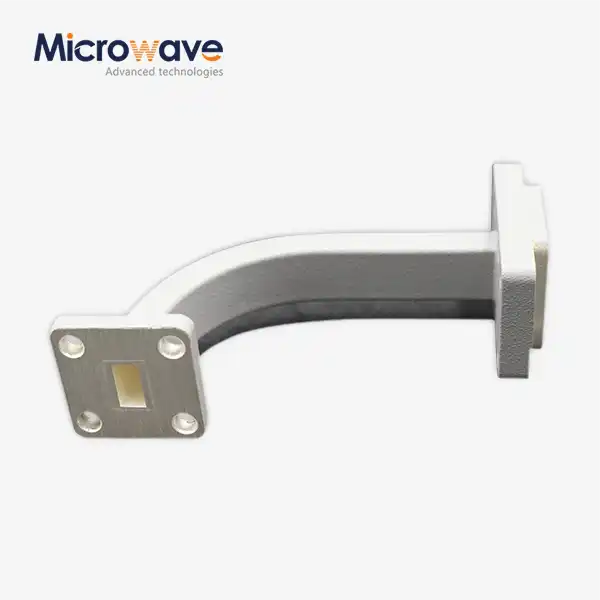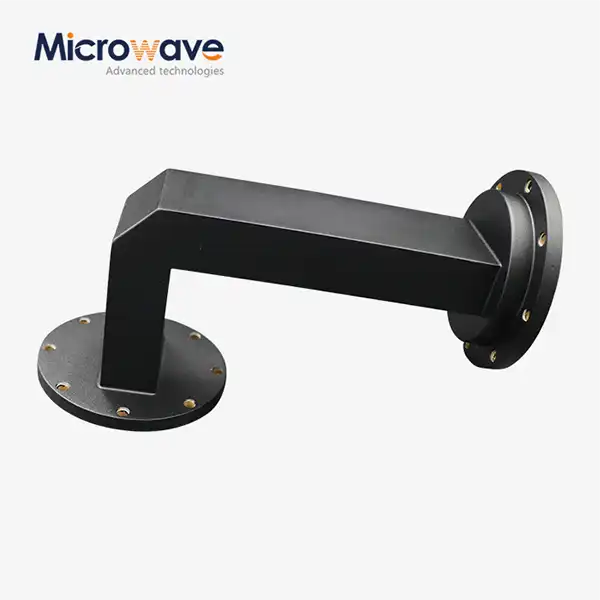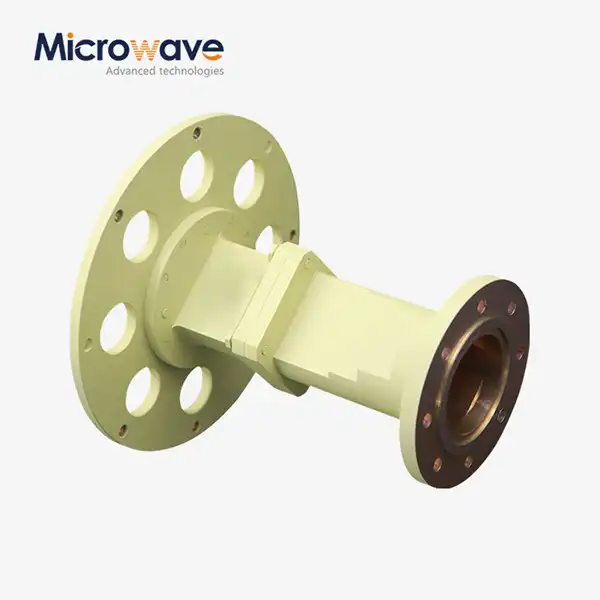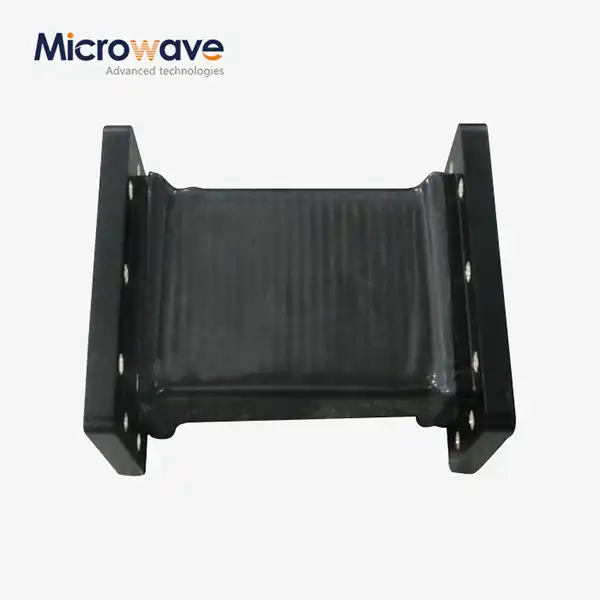How to Reduce Signal Reflection with Double Ridge Waveguide Termination?
Signal reflection remains one of the most critical challenges in high-frequency microwave systems, particularly in applications requiring precise signal integrity across wide bandwidths. The Double Ridge Waveguide Termination emerges as a sophisticated solution designed to address these reflection issues while maintaining optimal performance across diverse frequency ranges. This advanced component serves as a crucial element in modern waveguide systems, effectively absorbing unwanted signals and preventing reflections that could compromise system performance. The technology behind these terminations combines innovative ridge waveguide geometry with precision engineering to deliver superior electrical characteristics, making them indispensable for applications in satellite communications, radar systems, and telecommunications infrastructure where signal fidelity is paramount.
Understanding Signal Reflection in Waveguide Systems
The Physics Behind Signal Reflection Phenomena
Signal reflection occurs when electromagnetic waves encounter impedance mismatches or discontinuities within waveguide systems, causing portions of the transmitted signal to bounce back toward the source. This phenomenon represents a fundamental challenge in microwave engineering, where even minor reflections can significantly degrade system performance. The Double Ridge Waveguide Termination addresses this issue through its unique geometric design, which creates a gradual transition that minimizes impedance variations. The ridge configuration provides enhanced field confinement while maintaining consistent characteristic impedance across wide frequency ranges, effectively reducing the likelihood of reflection-causing discontinuities. Advanced Microwave Technologies Co., Ltd has engineered these terminations with precision-machined surfaces and optimized ridge dimensions to ensure minimal signal reflection across frequencies ranging from DC to 110 GHz, making them suitable for both legacy and next-generation communication systems.
Impact of Reflections on System Performance
Unwanted signal reflections create standing wave patterns that can severely compromise the performance of high-frequency systems, leading to power loss, signal distortion, and reduced efficiency. These reflections manifest as increased Voltage Standing Wave Ratio (VSWR), which directly correlates with decreased power transfer efficiency and potential damage to sensitive components. The Double Ridge Waveguide Termination mitigates these issues by providing an exceptionally low VSWR across its operational bandwidth, ensuring that reflected power remains at acceptable levels. The termination's advanced design incorporates carefully calculated absorption materials and geometric transitions that progressively dissipate electromagnetic energy without creating secondary reflections. This characteristic makes it particularly valuable in applications such as satellite ground stations, where signal integrity directly impacts data transmission quality and communication reliability. Advanced Microwave's implementation of high-quality materials like aluminum and brass ensures that these performance characteristics remain stable across varying environmental conditions and power levels.
Measurement and Analysis of Reflection Parameters
Accurate measurement and analysis of reflection parameters require sophisticated test equipment and controlled environments, such as the 24-meter Microwave Darkroom facility operated by Advanced Microwave Technologies Co., Ltd. The Double Ridge Waveguide Termination undergoes rigorous testing using advanced vector network analyzers and near/far-field measurement systems to characterize its reflection coefficients across the entire operational frequency range. These measurements reveal the termination's exceptional performance in maintaining low reflection levels, with return loss values typically exceeding industry standards. The comprehensive testing process includes evaluation under various temperature conditions, power levels, and frequency sweeps to ensure consistent performance across diverse operational scenarios. The data collected from these measurements provides engineers with precise specifications needed for system design and integration, enabling optimal placement and configuration of the Double Ridge Waveguide Termination within complex microwave systems.
Design Principles and Engineering Solutions
Advanced Ridge Waveguide Geometry
The Double Ridge Waveguide Termination employs sophisticated geometric principles that fundamentally alter the electromagnetic field distribution within the waveguide structure, creating an environment conducive to minimal signal reflection. The ridge configuration consists of two parallel conductive ridges positioned within a rectangular waveguide, effectively reducing the cutoff frequency while maintaining broadband operation capabilities. This design enables the termination to support frequencies from DC to extremely high millimeter-wave ranges, making it versatile for applications spanning traditional microwave communications to emerging 5G and future 6G technologies. Advanced Microwave Technologies Co., Ltd has optimized the ridge dimensions, spacing, and taper profiles through extensive electromagnetic simulation and empirical testing to achieve optimal impedance matching across the entire operational bandwidth. The precision manufacturing processes ensure that dimensional tolerances remain within strict specifications, guaranteeing consistent electrical performance from unit to unit and enabling reliable system integration across various applications.
Material Selection and Construction Techniques
The construction of effective Double Ridge Waveguide Termination requires careful selection of materials that provide both excellent electrical properties and mechanical stability under diverse operational conditions. Advanced Microwave utilizes high-quality aluminum and brass alloys that offer superior conductivity while maintaining structural integrity across temperature variations and mechanical stress. The manufacturing process involves precision machining techniques that create smooth surface finishes and accurate dimensional control, both critical factors in minimizing unwanted reflections at material interfaces. The termination's construction incorporates specialized absorption materials strategically placed to dissipate electromagnetic energy efficiently without introducing impedance discontinuities. These materials are selected for their stable electrical properties across wide frequency ranges and their ability to maintain performance characteristics under varying environmental conditions. The integration of these materials with the metallic waveguide structure requires sophisticated bonding techniques that ensure long-term reliability and consistent electrical contact.
Impedance Matching and Transition Design
Achieving optimal impedance matching in Double Ridge Waveguide Termination requires sophisticated understanding of electromagnetic field theory and practical engineering implementation. The termination's design incorporates gradual geometric transitions that smoothly transform the waveguide's characteristic impedance to match the load impedance, effectively minimizing reflections at the interface. Advanced Microwave's engineering team employs advanced simulation tools and optimization algorithms to design these transitions, ensuring that impedance variations remain within acceptable limits across the entire operational frequency range. The transition sections are carefully calculated to provide optimal return loss performance while maintaining the termination's compact form factor required for space-constrained applications. Multiple transition stages may be employed to achieve the desired impedance matching performance, with each stage optimized for specific frequency bands within the overall operational range. This approach enables the Double Ridge Waveguide Termination to achieve exceptional VSWR performance across bandwidths that would be challenging for conventional termination designs.
Practical Implementation and Performance Optimization
Installation and Integration Considerations
Successful implementation of Double Ridge Waveguide Termination requires careful attention to installation procedures and system integration considerations that can significantly impact overall performance. The termination's flanged mounting system provides secure mechanical connection while ensuring excellent electrical continuity with the host waveguide system. Advanced Microwave Technologies Co., Ltd designs these interfaces to standard waveguide flange specifications, enabling seamless integration with existing infrastructure while maintaining the precision alignment critical for optimal electrical performance. Installation procedures must account for proper torque specifications, surface preparation, and environmental sealing requirements that ensure long-term reliability in demanding operational environments. The compact design of the Double Ridge Waveguide Termination facilitates installation in space-constrained applications while providing the flexibility needed for complex system configurations. Proper installation techniques include verification of electrical continuity, measurement of return loss parameters, and documentation of installation parameters that enable future maintenance and troubleshooting activities.
Performance Monitoring and Maintenance
Long-term performance of Double Ridge Waveguide Termination systems requires implementation of appropriate monitoring and maintenance protocols that ensure continued optimal operation throughout the component's operational lifetime. Advanced Microwave's design incorporates features that facilitate performance monitoring, including access points for test equipment connection and visual inspection of critical interfaces. Regular performance verification should include measurement of return loss parameters, VSWR characteristics, and insertion loss values to detect potential degradation before it impacts system performance. The termination's robust construction using high-quality materials minimizes maintenance requirements while providing reliable operation across diverse environmental conditions. Maintenance procedures should include periodic inspection of mechanical connections, verification of environmental sealing integrity, and documentation of performance measurements that enable trending analysis and predictive maintenance scheduling. The company's comprehensive technical support services provide guidance for establishing appropriate maintenance protocols tailored to specific application requirements and operational environments.
Application-Specific Optimization Strategies
Different applications require specific optimization approaches for Double Ridge Waveguide Termination implementation, ranging from satellite communication systems requiring wide bandwidth and low loss to radar applications demanding high power handling and exceptional return loss performance. Advanced Microwave Technologies Co., Ltd provides customization services that enable optimization of termination characteristics for specific application requirements, including frequency range selection, power handling capabilities, and environmental specifications. Satellite communication applications benefit from the termination's wide bandwidth capabilities and low loss characteristics, which enable efficient signal processing across multiple frequency bands while maintaining signal integrity. Defense and aerospace applications require enhanced environmental specifications and reliability characteristics that ensure consistent performance under extreme operational conditions. Telecommunications infrastructure applications demand cost-effective solutions that provide reliable performance while meeting stringent quality standards required for commercial deployment. The company's OEM services enable development of customized solutions that address specific performance requirements while maintaining the engineering excellence and quality standards that characterize all Advanced Microwave products.
Conclusion
The Double Ridge Waveguide Termination represents a sophisticated solution for minimizing signal reflection in high-frequency systems, combining advanced engineering principles with precision manufacturing to deliver exceptional performance across wide bandwidths. Its unique ridge geometry, superior materials, and optimized design enable reliable operation in demanding applications from satellite communications to defense systems, providing engineers with the tools needed to achieve optimal system performance while maintaining signal integrity.
Ready to eliminate signal reflection challenges in your microwave systems? Advanced Microwave Technologies Co., Ltd brings over 20 years of microwave expertise, ISO-certified quality standards, and comprehensive OEM services to deliver customized Double Ridge Waveguide Termination solutions that meet your exact specifications. Our state-of-the-art 24m Microwave Darkroom facility and advanced testing equipment up to 110 GHz ensure every product meets the highest performance standards. From rapid prototyping to full-scale production, our expert engineering team provides complete technical support throughout your project lifecycle. Experience the advantage of working with a trusted partner who combines innovative technology with reliable delivery and competitive pricing. Contact our technical specialists today at craig@admicrowave.com to discuss your specific requirements and discover how our Double Ridge Waveguide Termination solutions can optimize your system performance.
References
1.Chen, L.F., Ong, C.K., Neo, C.P., Varadan, V.V., and Varadan, V.K. "Microwave Electronics: Measurement and Materials Characterization." John Wiley & Sons, 2004.
2.Pozar, David M. "Microwave Engineering, 4th Edition." John Wiley & Sons, 2011.
3.Collin, Robert E. "Foundations for Microwave Engineering, 2nd Edition." McGraw-Hill Higher Education, 2000.
4.Ramo, Simon, Whinnery, John R., and Van Duzer, Theodore. "Fields and Waves in Communication Electronics, 3rd Edition." John Wiley & Sons, 1994.
5.Hoffmann, Klaus. "RF and Microwave Circuit Design for Wireless Communications, 2nd Edition." Artech House Publishers, 2013.
6.Balanis, Constantine A. "Advanced Engineering Electromagnetics, 2nd Edition." John Wiley & Sons, 2012.





